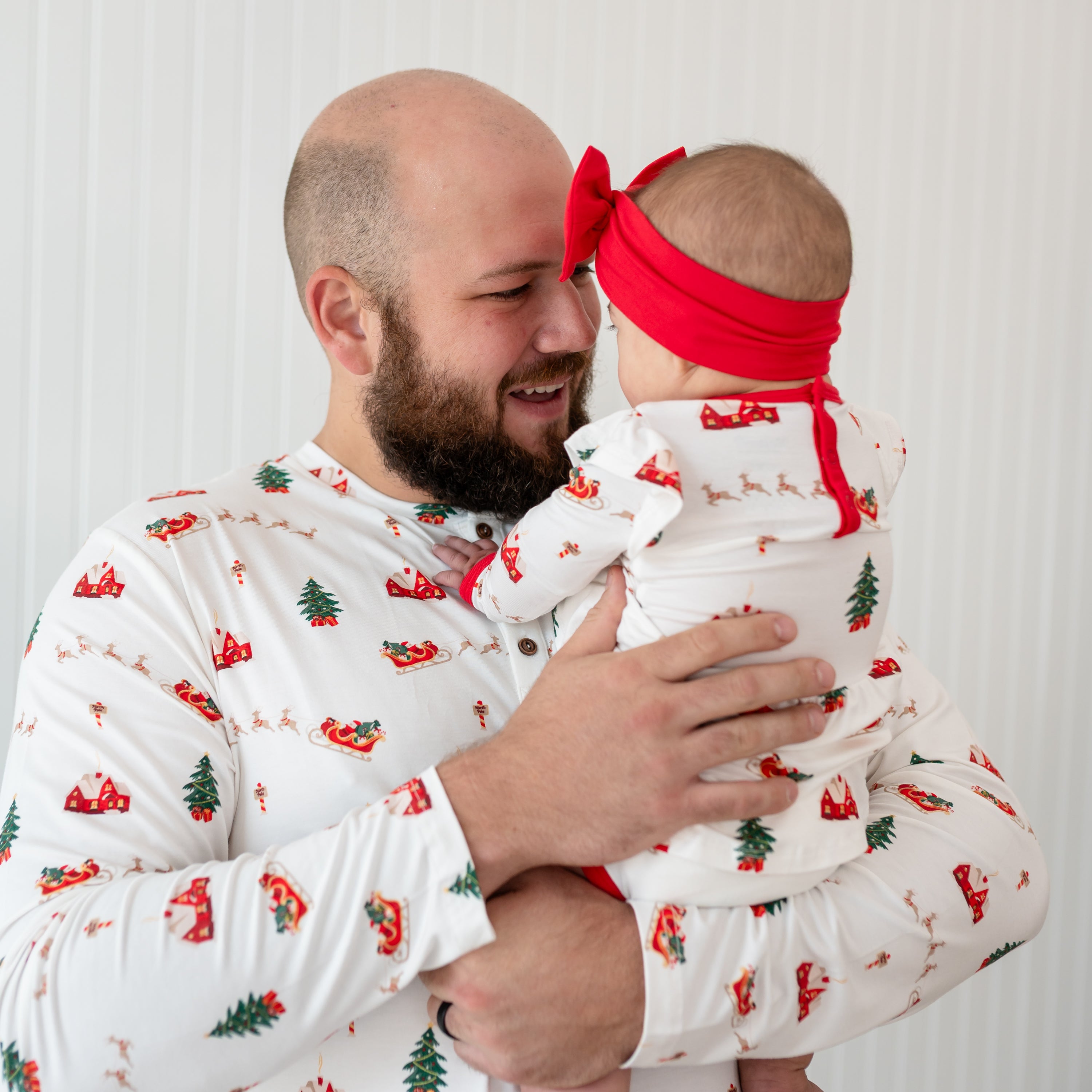Important Steps in Preventing SIDS
As we enter into the month of November, we’re not only leaving behind Halloween with all of the candy and cute costumes, we’re also leaving behind Sudden Infant Death Syndrome Awareness Month. While most of us parents really don’t want to think about SIDS, it’s definitely a topic that should be on our minds and not just in the month of October.
What is SIDS?
SIDS stands for Sudden Infant Death Syndrome and it’s one of the many things that keep parents up at night, sometimes literally. SIDS is when a baby under one year of age dies suddenly during sleep with no prior illness or red flags. The exact cause isn’t well understood, but there is some speculation that babies that die from SIDS have an immature waking mechanism in the brain. This leads to the baby being unable to wake himself from sleep if he begins to have breathing troubles. While there is no way to prevent SIDS entirely, there are several measures you can take to drastically reduce your baby’s risk.
SIDS Prevention Begins During Pregnancy
If you need another reason not to smoke during pregnancy, here’s a big one. Smoking while pregnant makes it three times more likely that a baby can die from SIDS. Also, secondhand smoke is a major contributor to SIDS deaths. Make sure that you or anybody else never smokes near your infant.
You’ve heard the saying ‘breastfeeding is best’, when it comes to decreasing the risk of SIDS, it’s absolutely true. Breastfeed babies just tend to have better health overall and the skin-to-skin contact during breastfeeding not only increases your mother-baby bond, but it also helps your baby’s development. If possible, breastfeed as long as you can.
If you’re on the fence about immunizing your baby, this may help make up your mind: infants that are fully immunized have a 50% less risk of SIDS. Again, keeping your baby healthy overall goes a long way when it comes to this scary issue.
Safe Sleep and SIDS Prevention
Following the Safe Sleep Guidelines every time you lay your infant down is perhaps the best way to reduce the risk of SIDS. This means every nap, every bedtime, and every caregiver. Let’s take a look at the major points of the Safe Sleep Guidelines.
Back is best:
- Always lay your baby down on her back, even if she won’t always stay that way. Stomach or side sleeping can greatly increase the risk of SIDS by blocking airways or causing the rebreathing of oxygen depleted air. Even if your baby has a cold or is just going down for a quick 20 minute refresher, place her on her back.
Empty the crib:
- I know you’ve been dying to snuggle your baby in all of those adorable, ultra soft blankets that you received at your baby shower, but now is not the time. Baby’s crib should be bare with a properly fitted sheet No pillows, blankets, or stuffed animal friends should be in the crib while your baby is sleeping. All of these can be a suffocation hazard.
Don’t overheat:
- We all love snuggling our babies up in soft, thick pajamas, but overheating baby while sleeping can increase the risk of SIDS. Babies are little, but most of them don’t require all the bundling that we think. Dress your baby in layers that can be easily removed if he gets too warm while sleeping. Or better yet, use a Kyte BABY Sleep Bag. Kyte BABY Sleep Bags are specifically designed with safe sleep in mind. Not only do they keep your baby warm without the use of unsafe blankets, the bamboo fabric and design provides cooling so that your baby doesn’t overheat. For younger babies that haven’t mastered rolling over, look into Kyte BABY Swaddle Blankets for warmth and comfort without the suffocation or overheating risk.
Close, but not too close:
- We all want to keep our babies close and understandably so. But when it comes to sleeping, you want to give your baby a little space. Never share your bed with baby and try to avoid falling asleep with her in your arms. Co-sleeping with your baby greatly increases the risk of suffocation and SIDS. However, it is best to keep your baby in the same room with you while sleeping until around six months of age. This can make it easier to alert you if your baby is having breathing trouble while sleeping. It also makes it easier to breastfeed.
Plug it with a pacifier:
- Once you and your baby have gotten comfortable with breastfeeding, using a pacifier during sleep can decrease the risk of SIDS. The idea is that the suckling reflex used on a pacifier helps keep your baby from falling into a deep sleep from which they may have trouble waking. Waiting until your baby is a professional breastfeeder is important to avoid nipple confusion and feeding issues down the road.
The use of monitors and other products that claim to help reduce SIDS is not recommended. There has been no firm evidence that these products really work and using them just puts more stuff in your baby’s crib. Instead, stick with following the guidelines for better proven results.
SIDS is something we hope no parent ever has to experience. With a little awareness, proper preparation and strict following of some general rules, you can greatly reduce your baby’s risk of SIDS. Keep these rules in mind every time you lay your baby down for a quiet slumber and make sure all caregivers are in the loop and following the rules as well.
























